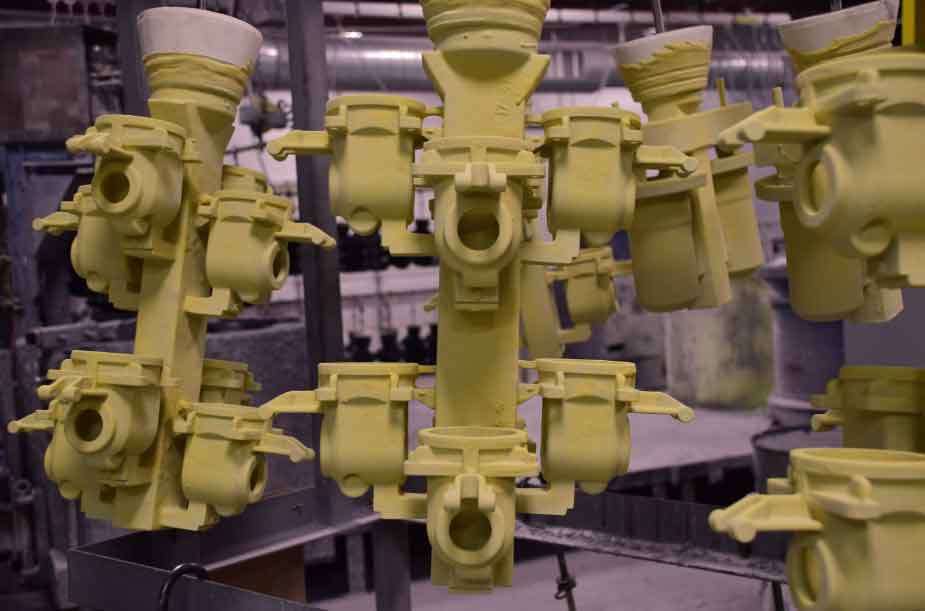
Investment casting, also known as lost-wax casting, plays a crucial role in the manufacturing of medical devices, meeting the strict quality standards and requirements of the healthcare industry. Here’s how investment casting contributes to the production of medical devices while ensuring compliance with these standards:
1. Design Precision:
Investment casting allows for the production of medical devices with high precision and intricate details. This is essential in manufacturing complex components such as surgical instruments, orthopedic implants, dental prosthetics, and other critical medical devices. The process ensures the replication of intricate features, precise dimensions, and fine surface finishes, meeting the stringent design specifications required in the medical field.
2. Biocompatible Materials:
Investment casting supports a wide range of biocompatible materials suitable for medical devices. These materials include stainless steel, titanium, cobalt-chromium alloys, and other specialized alloys that exhibit excellent biocompatibility, corrosion resistance, and mechanical properties. The ability to select appropriate materials ensures that medical devices are safe, durable, and compatible with the human body.
3. Complex Component Manufacturing:
Investment casting enables the production of complex and intricate components required for various medical applications. It allows for the creation of components with thin walls, complex geometries, and internal features that are challenging to achieve using other manufacturing methods. This capability is particularly important for medical devices that require intricate designs to perform specific functions, such as implantable devices or minimally invasive surgical instruments.
4. Quality Control and Certification:
Investment casting for medical devices undergoes stringent quality control measures to ensure compliance with industry standards and regulations. Non-destructive testing techniques such as X-ray inspection, ultrasonic testing, and visual inspection are employed to detect any defects or inconsistencies in the castings. Medical device manufacturers also adhere to certification standards such as ISO 13485, which ensures that the production processes and quality management systems meet the specific requirements for medical device manufacturing.
5. Traceability and Documentation:
Investment casting in medical device manufacturing involves rigorous traceability and documentation processes. Each component can be traced back to its production batch, allowing for product traceability, quality control, and accountability. This traceability is crucial for regulatory compliance, post-market surveillance, and recall management in the healthcare industry.
6. Surface Finish and Cleanliness:
Investment casting provides superior surface finish and cleanliness required for medical devices. The process enables the production of components with smooth surfaces and minimal surface defects, reducing the risk of bacterial or biofilm adhesion. The elimination of surface irregularities and imperfections improves the cleanliness and sterility of the medical devices.
7. Customization and Patient-Specific Solutions:
Investment casting allows for customization and patient-specific solutions in medical device manufacturing. Manufacturers can produce components tailored to specific patient anatomies or treatment requirements. This customization capability is particularly valuable in areas such as orthopedics and dental prosthetics, where patient-specific fit and functionality are crucial for optimal treatment outcomes.
Investment casting’s precision, material selection, complex component manufacturing, quality control, traceability, surface finish, and customization capabilities make it a reliable and preferred method for manufacturing medical devices. By meeting strict quality standards and adhering to regulatory requirements, investment casting ensures that medical devices are safe, reliable, and effective, supporting advancements in healthcare and improving patient outcomes.
